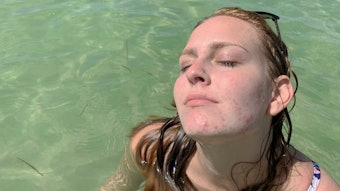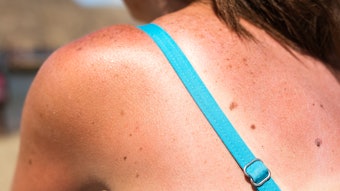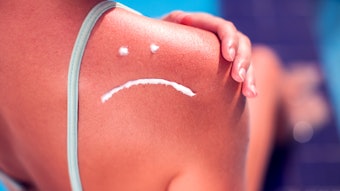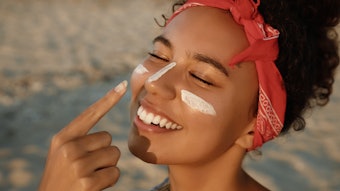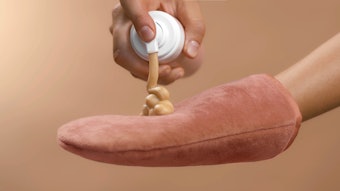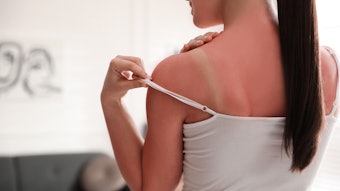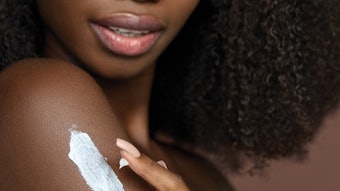
A century's worth of cultural and historical forces have contributed to the rise in the incidence of melanoma, including changes in fashion and clothing design, according to an intriguing, retrospective research study conducted by investigators in the Ronald O. Perelman Department of Dermatology at NYU Langone Medical Center.
Their findings are the subject of a report, "More Skin, More Sun, More Tan, More Melanoma," in the October 6, 2014 issue of the American Journal of Public Health.
The authors surmised that early diagnosis and improved reporting practices do not fully account for the steady rise in cases of melanoma. They set out to explore extenuating factors that may also have contributed to the increase in reported cases in the United States.
Led by David Polsky, MD, PhD, Alfred W. Kopf, MD, professor of Dermatologic Oncology in the Ronald O. Perelman Department of Dermatology at NYU Langone, they looked into the transformative effect of socioeconomic trends dating from the1900's. They analyzed clothing styles, social norms, medical paradigms, perceptions of tanned skin, economic trends and travel patterns.
For comparisons between periods, they estimated percentage of exposed areas of the body. For example, early in the 20th century people donned clothing that almost totally concealed the body from head to toe. "Porcelain" skin was favored over the "tanned" skin, which was associated with a lower class of people who worked outdoors.
Changes in medical practice also would pave the way for a shift. "In the early 20th century, sunshine became widely accepted as treatment for rickets and tuberculosis, and was considered to be good for overall general health," Polsky said. In lay circles, this medical prescriptive translated into a growing belief in the benefit of tanning. People also began to enjoy more leisure time and to favor swimwear and sportswear that progressively covered less skin. Voices that raised concern about the dangers of UV exposure were largely ignored.
Another contributing factor, the researchers concluded, has been the reversal in attitude about tanned skin, which became a sign of the leisurely upper class quality of life and good health. Graphs tracking the incidence by year and percentage of estimated skin exposure show that these developments rose in parallel with the rise in melanoma cases in the United States.
The increased incidence of melanoma over the years has been a particular concern, especially with the average age of diagnosis and death from melanoma trending younger than for most of the other major cancers. "Years-of-life lost to melanoma is nearly as high as breast cancer," Polsky said.
The study, however, did cite one positive trend—down under. Australia, widely considered the "skin cancer capital of the world" according to Polsky, has managed to turn things around, possibly with the help of a public education campaign and a change of view about tanning—thus giving other places still basking in the sun a glimmer of hope.
"Attitudes and behaviors shape exposures. More skin, more sun and more tan lead to more melanoma," Polsky concluded.
This content is adapted from article from www.sciencedaily.com, October 2, 2014.
